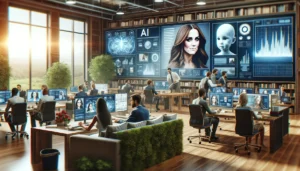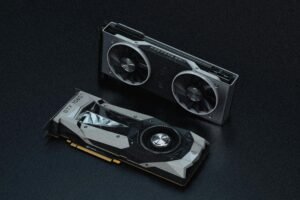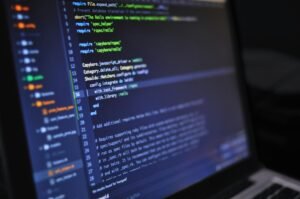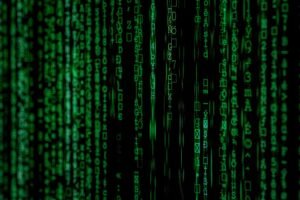Quantum Leap: Elon Musk’s Neural Symphony, Sundar Pichai’s Quantum Ballet, and Satya Nadella’s AI Dominion

In the grand tapestry of artificial intelligence, where tech titans wield algorithms as their artistic brushes, three visionaries—Elon Musk, Sundar Pichai, and Satya Nadella—compose narratives that transcend innovation. As we dissect the masterful symphony of Musk’s Neural Algorithms at Tesla, Pichai’s Quantum Ballet at Alphabet, and Nadella’s AI Dominion at Microsoft, a more profound narrative emerges—one painted with neural dominion, quantum supremacy, and the orchestration of an AI oligarchy.
Elon Musk – Tesla’s Neural Symphony:
Musk, the maestro behind Tesla‘s Neural Symphony, conducts an opus of data mastery. The Full Self-Driving (FSD) project, with a monumental dataset exceeding 1.5 billion miles, isn’t merely about autonomous driving; it’s a data symphony, where every mile echoes the harmonies of neural refinement. This colossal dataset, an instrumental piece in Tesla‘s ensemble, paints an unparalleled portrait of AI sophistication.
Venturing further into the Neural Symphony, Tesla‘s Autopilot engages in a virtuosic simulation, accumulating a staggering 100 billion miles. This isn’t just an algorithmic feat; it’s a symphonic composition where algorithms engage in a digital pas de deux, refining their choreography in the virtual realm before taking the stage of real-world roads.
Sundar Pichai – Alphabet’s Quantum Ballet:
Pichai, the choreographer of Alphabet‘s Quantum Ballet, orchestrates a performance that transcends computational boundaries. The Quantum AI Lab, with a prodigious research budget of $26 billion, becomes the stage for a quantum dance. Google’s Sycamore processor, adorned with 53 qubits, pirouettes into quantum supremacy, redefining the very essence of computation.
This Quantum Ballet isn’t a mere display of computational prowess; it’s a ballet of disruption. Analysis of Sycamore’s quantum computations unveils the potential to revolutionize cryptographic methods. Pichai’s choreography isn’t just about speed; it’s a deliberate dance that could alter the security landscape, a bold leap into uncharted quantum territory.
Satya Nadella – Microsoft’s AI Dominion:
Nadella, the architect of Microsoft‘s AI Dominion, crafts an empire where collaboration and consolidation harmonize. The $16 billion annual investment in AI isn’t just about research; it’s a strategic symphony where Azure AI serves as the virtuoso. The orchestrated collaborations, numbering over 90, echo a symphonic alignment that positions Microsoft‘s AI Dominion as a reigning force in the technological panorama.
Analyzing Microsoft‘s strategic collaborations is akin to dissecting the movements of a symphony—each partnership contributing to a crescendo of influence. The Harmonic Fusion narrative extends beyond technology; it’s a harmonious composition where Microsoft‘s influence pervades industries and sectors, cementing its role as a digital hegemon.
As we delve into the intricacies of these AI narratives, a data-driven overture prompts contemplation. Musk’s Neural Symphony, while resonant, raises questions about the ethical nuances of ubiquitous data collection. Pichai’s Quantum Ballet, while groundbreaking, invites discourse on the imperative need for quantum-safe cryptographic frameworks. Nadella’s AI Dominion, while strategically poised, sparks inquiries into the equilibrium between technological advancement and potential monopolistic control.
In conclusion, the Quantum Ascendance, led by Musk, Pichai, and Nadella, transcends the realm of mere innovation. This isn’t just a tale of algorithms and projects; it’s a symphony of visionary compositions, where each movement is infused with complexity and potential impact. As the narrative unfolds, the award-winning performance reveals itself—a masterpiece of strategic orchestration, numerical precision, and a profound reflection of the ever-evolving landscape of artificial intelligence.


















